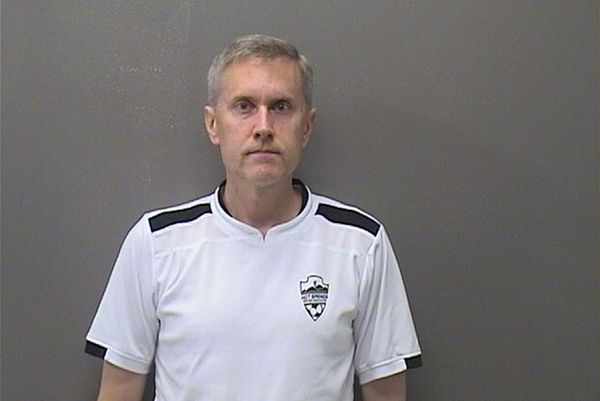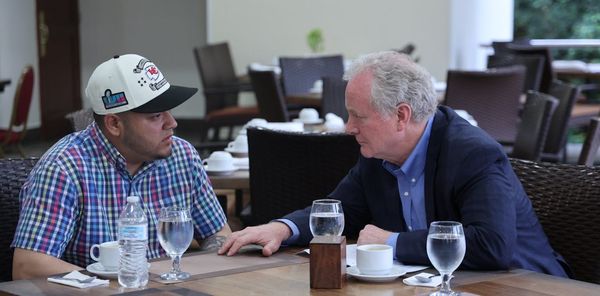
Not surprising, a company you’ve never heard of called TrustToken launches the latest digital coin dedicated to the crypto-asset investor—the audited, fiat backed cryptocurrency TrueUSD—and raises $20 million from traditional venture capitalists. In this case, a group of eight led by brand-namers Andreessen Horowitz, the VC firm of Web browser billionaire Marc Andreessen and Silicon Valley staple Ben Horowitz.
Over the last five weeks alone, TrueUSD ha built a market cap of around $50 million because institutional money continues to pour into the crypto space. As of the week ending June 19, they had over $60 million in TrueUSD coins in circulation, all fully backed by the dollar and held in managed trusts with monthly audits by Cohen & Company.
TrueUSD launched in March. It is one of a handful of coins that are backed by fiat, and part of a club of those so-called stable coins that gets audited. It’s the audited stable coin, in theory, that brings a level of traditional, professional financial industry trust to the market.
“If you’re a cryptocurrency portfolio manager, you know there is usually not fiat on cryptocurrency exchanges so if you need a cash position to move in and out of a token, it’s better to deploy capital from a stable coin sitting in your wallet,” says Tory Reiss, TrustToken’s vice president of business development in San Francisco. “It’s not volatile like Bitcoin.”
The top two exchanges in the world by market cap—OKEx and Binance—do not allow for fiat on their platform. Investors who are holding money there end up putting it in Bitcoin or Tether, the best known currency linked coin. Tether is not audited.
For the fund manager, exhanges can take as much as a 10% cut in fees just to go from Tether to fiat.

“People don’t covert it to fiat because of the transaction fee and legal implications like taxes,” says Vajahaath Hussain, CEO of Almora, an India-based crypto-assets investment firm. “This is the major use advantage of a stable coin pegged to a fiat currency. Another limitation of fiat is the speed of transaction and scalability, which can be resolved by stable coins in the digital currency space,” he says. “Compared to other coins, a stable coin can be used for evading risks from unstable market scenarios.”
Some crypto-fund managers who did not want to be quoted on the record said they would continue using fiat when trading cryptocurrencies. But everyone agrees that an audited stable coin is the best stable coin, even if they are not using them.
“We have no reason to hold stable coin as an investments,” says Alexey Ivanov, portfolio manager of Polynom Crypto Capital in Moscow. “We can use fiat on our exchanges, but for trading it is better to use crypto dollars instead of fiat dollars because it is faster and cheaper,” he says. “You’re talking about speed of minutes versus days for fiat.”
TrustToken launched in December 2016 with a staff of eight. They now have a staff of 20 and expect to hit 30 by December. The bulk of their hires are product managers with Wharton Business School MBAs, and former investors from the VC and investment banking world, all busy abandoning ship and swimming to the rocky, unsettled shores shining with virtual cash.
To the naysayers who believe Bitcoin is a bubble and the blockchain is another version of the internet, all of this sounds cryptocurrency trading seems like snake oil.
In less than two months, TrustToken raked in $44 million in TrueUSD, something that took early entrant Tether two years to achieve. According to their auditors, they have the same amount sitting in a cash account in real greenbacks, so if everyone wanted to sell the TrueUSD coin, trading under the ticker TUSD, TrustToken would have the dollar bills to hand them.
The company claims they have been “bringing in new funds and individual investors every week.” For the TrueUSD portal, which launched this year, 3,000 investors representing roughly 200 funds applied to open an account starting in January.
TrustToken has plans on launching a Hong Kong dollar, euro and gold product later this year or next.

The Hundredth Monkey
A growing number of developers and investors from around the world all believe that the crypto-asset world will be securitized and one day regulated, and when that happens, a cryptocurrency portfolio will be as common as any alternative investment strategy. Risk-accustomed players like Goldman Sachs, family offices with ultrahigh-net-worth individuals who can gamble in crypto markets and, later, endowments, are all going to discover the value in this market, so the true believers say.
The list of names of true believers keeps expanding. The hundredth-monkey theory is playing out at this very moment in cryptocurrencies. Increasingly, traditional investment firms will want to trade these things in larger quantities. Stable coins are the virtual fiat, the digital cash position in a digital fund.
Russian investor and tech entrepreneur Gregory Klumov is part of the trend. He moved to Malta, a tiny island nation in the Mediterranean Sea that is racing to get a rules system in place for cryptocurrency investing. They created a virtual financial currency act in 2018. Klumov was a consultant. His company, STASIS, launches their euro-pegged coin EURS on June 27. KPMG is the auditor, Klumov said. They did not return requests for comment.
“It’s designed for institutional investors trading crypto funds,” Klumov says, adding that EURS will only be allowed in Malta for now. Exante, a Maltese broker and partner in STASIS, is the market maker. “We are building something here that bypasses traditional banking. You have countries, and Malta is surely one of them, that are preparing for the institutionial push into crypto.”
There are currently around 15 stable coins in development. The two biggest and best known are Tether and MakerDAO out of Gibraltar. The audit are supposed to provide crypto portfolio managers with the security in knowing their coin is an easier-to-trade Matrix-like version of the greenback, or the euro, or the Hong Kong dollar. One EURS is equal to one euro in an escrow account owned by the same holder of the EURS.
“I’m not sure there needs to be an alternative to Tether in the marketplace at the moment. I’ve never used it or any stable coin,” says Chad Anderson, founder of Oceanside Digital Assets in Los Angeles, a small crypto assets investor. “But the only way to make sure that a particular stable coin is truly backed by cold hard cash is to publish data on it on the blockchain. An audit would be amazing.”







